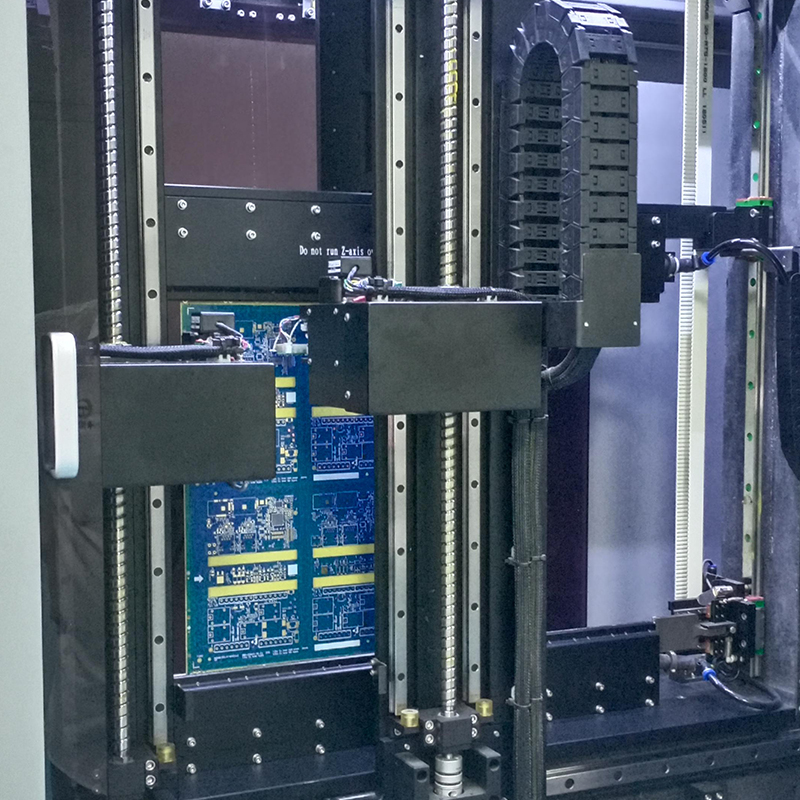Introduction:
In this article, we will explore the main features, advantages and disadvantages of single-sided and double-sided rigid-flex PCBs.
If you are in the electronics industry, you may have come across the terms single-sided and double-sided rigid-flex boards. These circuit boards are widely used in various electronic applications, but do you know the key differences between them?
Before diving into the finer details, let’s first understand what a rigid-flex PCB is. Rigid-flex is a hybrid type of circuit board that combines the flexibility of flexible and rigid printed circuit boards. These boards consist of multiple layers of flexible substrate attached to one or more rigid boards. The combination of flexibility and rigidity enables complex three-dimensional designs, making rigid-flex PCBs ideal for applications where space is limited.
Now, let’s discuss the differences between single-sided and double-sided rigid-flex boards:
1. Structure:
A single-sided rigid-flex PCB consists of a single layer of flexible substrate mounted on a single rigid board. This means that the circuit exists only on one side of the flexible substrate. On the other hand, a double-sided rigid-flex PCB consists of two layers of flexible substrates attached to both sides of a rigid board. This allows the flexible substrate to have circuitry on both sides, increasing the density of components that can be accommodated.
2. Component placement:
Since there is circuitry on only one side, a single-sided rigid-flex PCB provides limited space for component placement. This can be a limitation when designing complex circuits with a large number of components. Double-sided rigid-flex printed circuit boards, on the other hand, allow for more efficient use of space by placing components on both sides of the flexible substrate.
3. Flexibility:
While both single-sided and double-sided rigid-flex PCBs offer flexibility, single-sided variants generally offer greater flexibility due to their simpler construction. This enhanced flexibility makes them suitable for applications that require repeated bending, such as wearable devices or products that are frequently moved. Double-sided rigid-flex printed circuit boards, while still flexible, may become slightly stiffer due to the added rigidity of the second layer of flexible substrate.
4. Manufacturing Complexity:
Compared with double-sided PCB, single-sided rigid-flex PCB is simpler to manufacture. The absence of circuitry on one side reduces the complexity involved in the manufacturing process. Double-sided rigid-flex PCBs have circuitry on both sides and require more precise alignment and additional manufacturing steps to ensure proper electrical connections between layers.
5. Cost:
From a cost perspective, single-sided rigid-flex boards are usually cheaper than double-sided rigid-flex boards. Simpler structures and manufacturing processes help reduce the cost of single-sided designs. However, the specific requirements of the application must be considered, as in some cases the benefits provided by a double-sided design may outweigh the additional cost.
6.Design flexibility:
In terms of design flexibility, both single-sided and double-sided rigid-flex PCBs have advantages. However, double-sided rigid-flex PCBs offer additional design opportunities because circuitry is present on both sides. This allows for more complex interconnects, better signal integrity and improved thermal management.
In summary
The main differences between single-sided and double-sided rigid-flex boards are structure, component placement capabilities, flexibility, manufacturing complexity, cost and design flexibility. Single-sided rigid-flex PCBs offer simplicity and cost advantages, while double-sided rigid-flex PCBs offer higher component density, improved design possibilities, and the potential for enhanced signal integrity and thermal management. Understanding these key differences will help you make an informed decision when selecting the right PCB for your electronic application.
Post time: Oct-07-2023
Back







